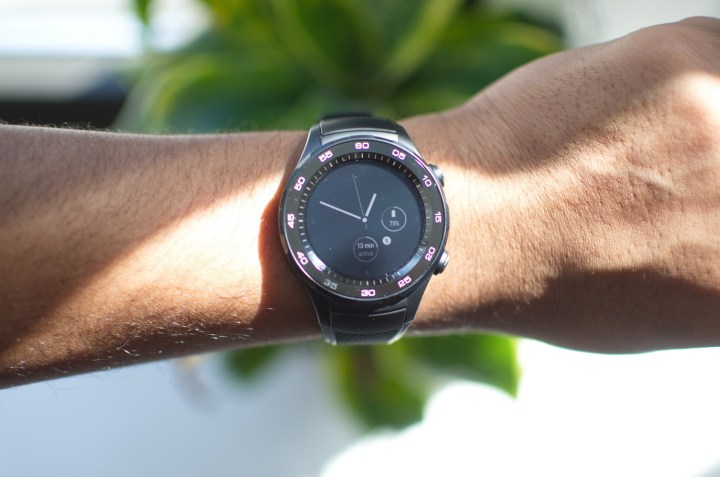
It doesn’t end there. Xu went on to say that he would never wear a smartwatch himself, and apparently reminds the smartwatch team every time they come to him with a new product to “consider whether there are tangible needs in the market” for this type of device. No one can accuse Eric of being continually on-message here, and although his words may sound at odds with Huawei’s branding and products, it’s actually a very real problem for smartwatch manufacturers and buyers.
Smartwatch use in the United States hasn’t met projections, with some statistics showing the number of owners falling short of the estimates by at least a third, and a “lack of well-defined use cases” is to blame, alongside high prices. That doesn’t mean people won’t buy them, and data from Canalysis states sales will rise by 18 percent this year over 2016. But smartwatches still haven’t delivered on the many early promises regarding sales and attention.
Huawei recently announced the Huawei Watch 2, a follow-up to the original Huawei Watch, which is widely considered to be one of the most attractive smartwatches yet seen. The sequel is considerably more masculine in its style, but adds new features including a SIM card slot, so it can act as a stand-alone device. This separates it from most other smartwatches currently available, and goes someway to answering Xu Zhijun’s questions on why we need one, by actually becoming a smartphone itself.
Editors' Recommendations
- The future of Fitbit doesn’t look good
- WatchOS 10 doesn’t fix my biggest issue with the Apple Watch
- You’ve never seen a smartwatch like the new Huawei Watch Buds
- The Pixel Watch reminds me why I love smartwatches, but don’t love it
- Experts tell us why the Apple Watch Ultra doesn’t cut it for them


